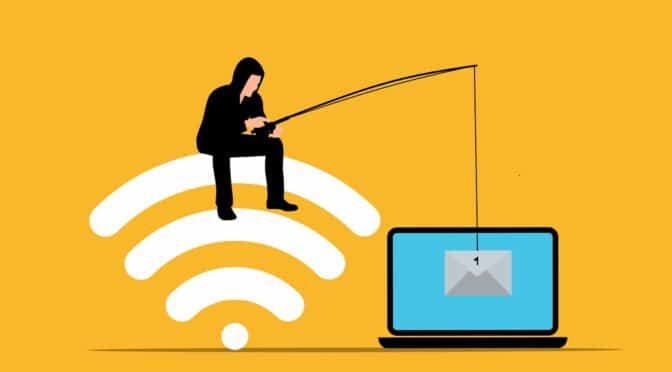Someone is listening to the cry for more reasonable college tuition. Maybe a lot of someones. The College Board’s latest Trend in Student Aid report found tuition hikes at public colleges were lower than they have been since 1975-76. Tuition and fees increased 2.9 percent for in-state students in 2012-13 to 2013-14.
Students at private schools also found their bills slightly less painful than they might have been. Their tuition increased by 3.8% at four-year schools and 3.5 percent at two-year schools. These are the smallest increases at private schools since 2007 and 2008.
There is a big but here, and it’s not necessarily good news. Both public and private college students will find that federal and state governments are less generous than they had been. Grant aid is not keeping up with even the modest increases in costs. That means you and your family will have to pay a bigger share of the bill.
What are people borrowing?
The average undergraduate federal loan was $6,760 and the average graduate student loan was $17,230 in 2012-13.
Researchers say that about 60% of students who earned bachelor’s degrees in 2011-12 from either a public or private college graduated with debt and the average was $26,500. Yet some have taken advantage of the flexible repayment plans that don’t eat up everything they earn. In 2013, 1.6 million federal Direct Loan borrowers were in repayment plans that limit their payments to a specified percentage of their incomes.
College Board President David Coleman is pushing politicians and academic leaders to get a handle on costs. He says, “A college education is an unparalleled investment, but there is no college opportunity without college affordability.”
The College Board is attempting to work with politicians in Washington to improve the financial aid system. It’s also focusing on helping students make better choices when they apply for college. The organization sent personalized packets called “Realize Your College Potential” to 28,000 low-income, high-achieving high school seniors. The information they received matches colleges with their academic credentials and highlights what financial aid might be available to them. These packets also include application fee waivers for as many as eight colleges.
It plans to send the same kind of information, with fee waivers for four colleges, to an additional 70,000 college-ready, low-income students. Another 200,000 college-ready students will receive electronic college planning information.



